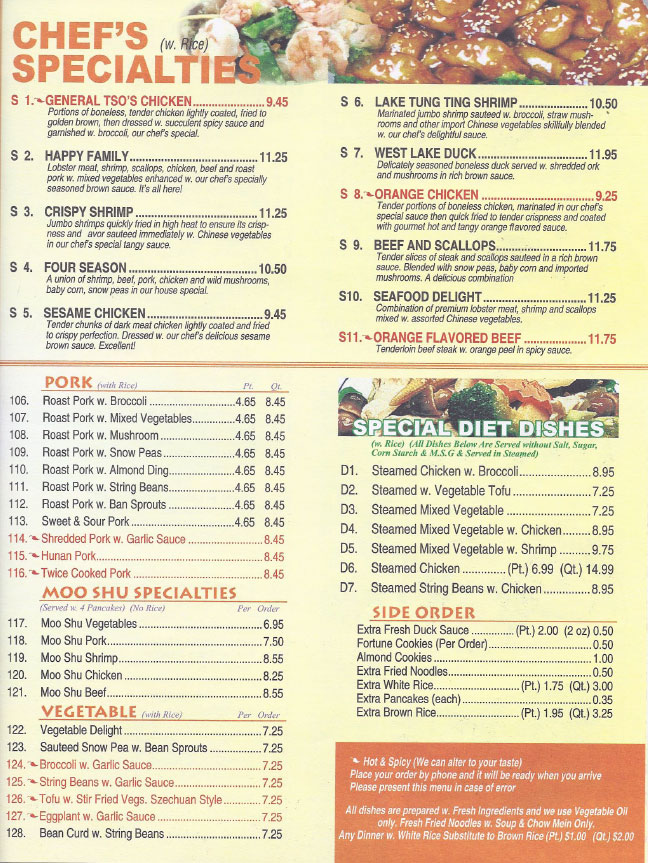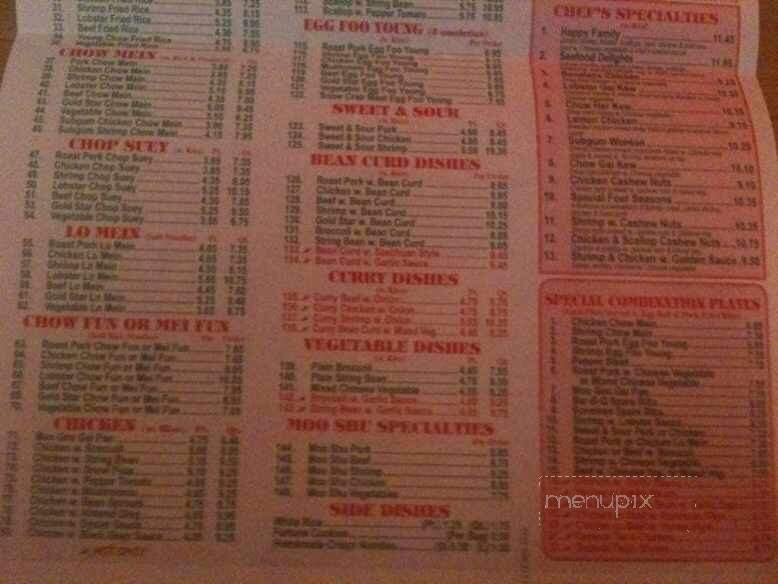

For this reason, diners sometimes served as symbols of loneliness and isolation.Įdward Hopper’s iconic 1942 painting Nighthawks depicts a diner and its occupants, late at night. Many diners were also historically placed near factories which operated 24 hours a day, with night shift workers providing a key part of the customer base. These two segments of nighttime urban culture often find themselves intertwined, as many diners get a good deal of late-night business from persons departing drinking establishments. Hody’s Restaurant Coffee Shop, North Hollywoodĭiners frequently stay open 24 hours a day, especially in cities, and were once the most widespread 24-hour public establishments in the U.S., making them an essential part of urban culture, alongside bars and nightclubs. The Googie style was all about creating a sense of fun and excitement, and it was a perfect fit for the fast-paced, post-war American culture of the time.Ĭalifornia.

This design style was known as “Googie,” and it was a popular choice for diners, drive-ins, and other fast-food establishments. Many were decorated in bold, bright colors like red, blue, and yellow, and they often featured patterns like stripes and polka dots.

The colors and design of these restaurants were also noteworthy. These shapes gave the buildings a futuristic look that was very much in keeping with the spirit of the times. These buildings were often designed with distinctive features that set them apart from other structures of the time.įor example, many diners were built with rounded corners and streamlined shapes that were reminiscent of the Art Deco style that was popular in the 1920s and 1930s. One of the most striking features of 1950s and 1960s restaurants and diners was their architecture.


 0 kommentar(er)
0 kommentar(er)
